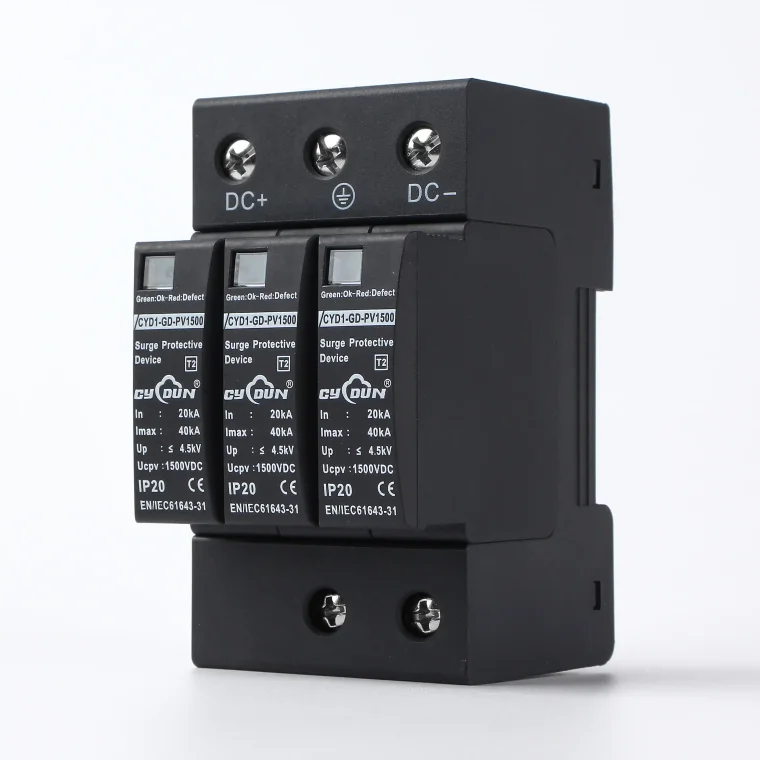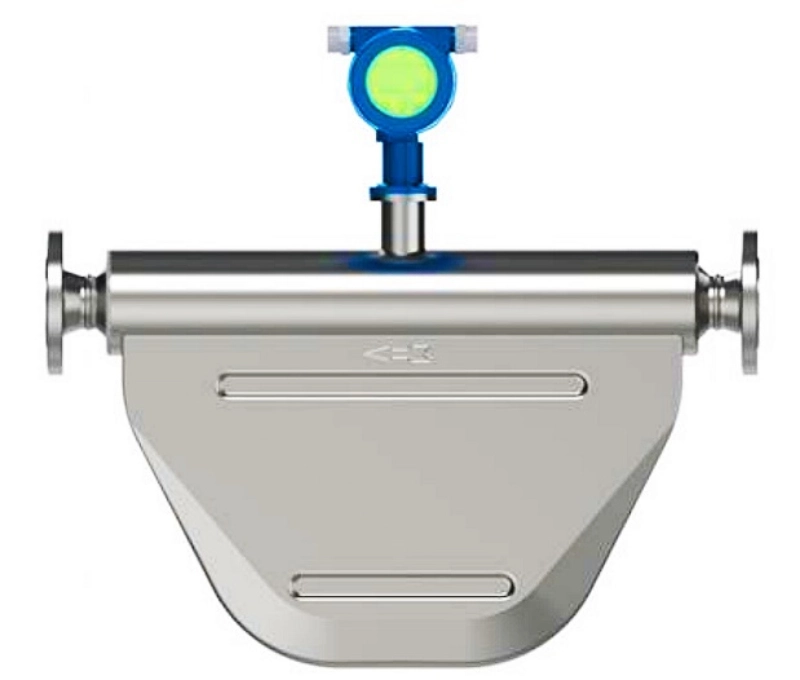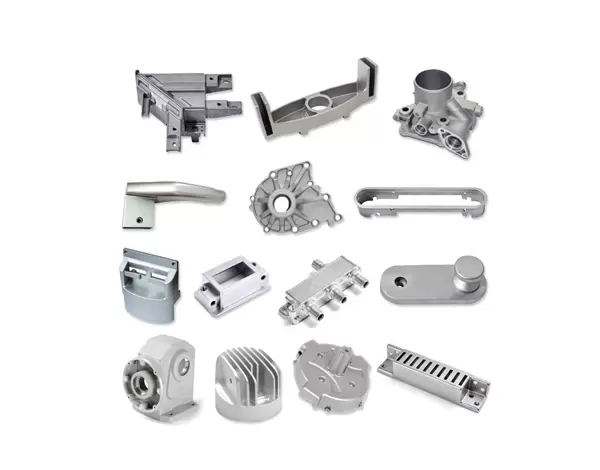The anti-lock braking system (ABS) is a crucial safety feature in modern vehicles, designed to prevent wheel lock-up during hard braking, thereby maintaining steering control. However, like any complex system, the ABS can malfunction, leading to potentially dangerous driving conditions. In this article, we will explore how to diagnose and fix an anti-brake system malfunction, ensuring your vehicle remains safe and reliable.
Understanding the Anti-Brake System
Before diving into troubleshooting, it’s essential to understand the components and functionality of the ABS. The system typically consists of:
- Wheel Speed Sensors: These sensors monitor the speed of each wheel and send data to the ABS control module.
- ABS Control Module: This electronic unit processes the information from the wheel speed sensors and determines when to modulate brake pressure.
- Hydraulic Control Unit (HCU): This component adjusts the brake pressure to prevent wheel lock-up.
- Pump and Motor Assembly: This assembly helps restore brake pressure after it has been released by the HCU.
Common Symptoms of ABS Malfunction
Identifying the symptoms of an ABS malfunction is the first step toward resolution. Common indicators include:
- ABS Warning Light: This light on your dashboard indicates a fault in the ABS.
- Unresponsive Brakes: If the brakes feel spongy or unresponsive, it may signal an ABS issue.
- Increased Stopping Distance: A malfunctioning ABS can lead to longer stopping distances, especially on slippery surfaces.
- Strange Noises: Unusual sounds during braking can indicate problems within the ABS.
Step-by-Step Diagnosis
- Check for Diagnostic Trouble Codes (DTCs): Use an OBD-II scanner to retrieve any stored codes related to the ABS. Common codes include C0035 (wheel speed sensor fault) or C0040 (ABS control module fault). These codes provide a starting point for troubleshooting.
- Inspect Wheel Speed Sensors: Visually inspect the wheel speed sensors for damage or disconnection. Clean any debris that may be obstructing the sensor’s function. If the sensor appears faulty, replace it.
- Examine Wiring and Connectors: Check the wiring harness and connectors leading to the ABS control module and wheel speed sensors. Look for frayed wires, corrosion, or loose connections that could disrupt communication.
- Test the ABS Control Module: If the sensors and wiring are intact, the ABS control module may be at fault. Use a multimeter to test the module’s power and ground circuits. If the module is not receiving power, trace the circuit back to the fuse box.
- Hydraulic Control Unit Inspection: Inspect the HCU for leaks or damage. If the HCU is malfunctioning, it may need to be replaced or rebuilt.
Repairing the ABS
Once you’ve diagnosed the issue, it’s time to implement repairs:
- Sensor Replacement: If a wheel speed sensor is faulty, replace it with a new one. Ensure it is properly calibrated to the vehicle’s specifications.
- Wiring Repairs: For damaged wiring, splice in new wire or replace the entire harness as necessary. Ensure all connections are secure and insulated.
- Control Module Replacement: If the ABS control module is defective, replace it with an OEM (Original Equipment Manufacturer) part to ensure compatibility and reliability.
- HCU Service: If the HCU is the culprit, consider a professional rebuild or replacement. Ensure that the new unit is properly bled to remove any air from the hydraulic system.
Testing the Repair
After completing repairs, it’s crucial to test the ABS to ensure it functions correctly:
- Clear Diagnostic Codes: Use the OBD-II scanner to clear any stored codes.
- Road Test: Conduct a road test in a safe environment. Pay attention to the ABS warning light and monitor the braking performance.
- Recheck Codes: After the test drive, scan for any new codes that may have appeared.
Preventive Maintenance
To avoid future ABS malfunctions, consider the following preventive measures:
- Regular Inspections: Schedule routine inspections of your braking system, including the ABS components.
- Brake Fluid Maintenance: Regularly check and replace brake fluid as needed, as contaminated fluid can affect ABS performance.
- Driving Habits: Practice safe driving habits, especially in adverse weather conditions, to reduce wear on the braking system.
Conclusion
Addressing an anti-brake system malfunction requires a systematic approach to diagnosis and repair. By understanding the components of the ABS and following the outlined steps, vehicle owners can ensure their braking system remains in optimal condition. Always prioritize safety and consider consulting a professional mechanic if you are uncertain about any aspect of the repair process. Remember, a well-functioning ABS is not just a luxury; it’s a necessity for safe driving.





